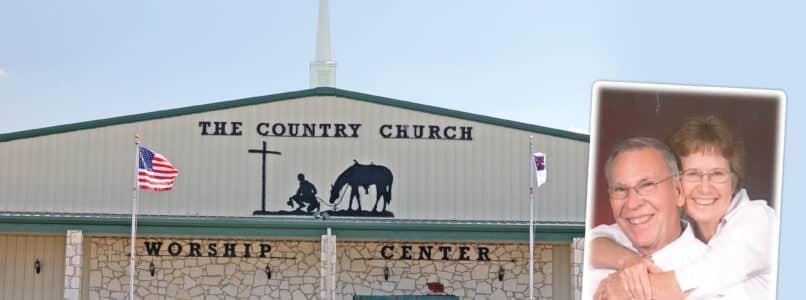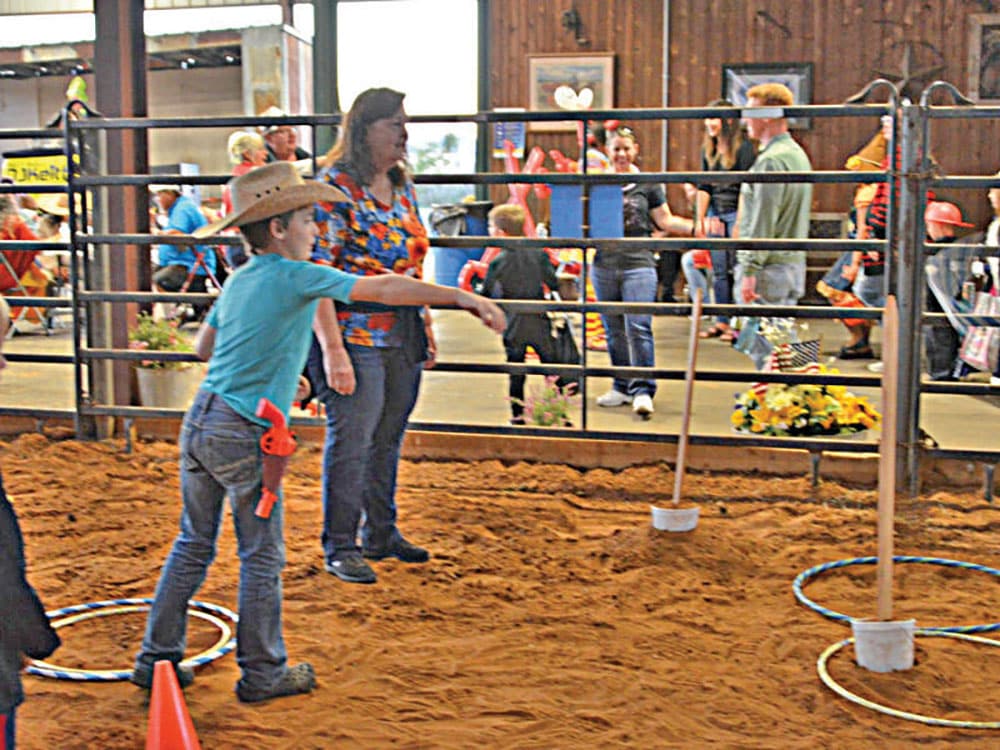While small groups represent a key ministry in many churches, using them effectively can be a challenge. This is especially the case when it comes to training small group leaders. Over the past year and a half, our church has reevaluated our approach to training and has created a process for better preparing and equipping leaders. Here are some general steps we have developed:
1. Selection
Before small group leaders are trained, they must be chosen. This is not a step churches can afford to skimp on. In fact, it’s the most important step. Training, small group structure, and curriculum can’t make up for an unqualified leader.
What, then, should churches look for in a potential leader? The most important criterion is character. A potential leader should have a good reputation both within and outside the church. Their lives should be marked by a pursuit of godliness and a commitment to help other believers grow in their relationship with Christ.
Training of small group leaders begins in the ordinary work of discipleship within the life of a congregation, and pastors and other leaders should keep an eye out for congregants who evidence this pattern of life. This also means the number of small groups within a church should be governed by the availability of godly leaders.
Beyond character, churches should have a clear set of qualifications for small group leadership by which they can evaluate potential leaders. These will likely include basic communication and social skills necessary to facilitate group activities. These are not technical competencies, but rather the kinds of things that can be developed in many individuals. They aren’t universal skills, however, so leaders will need to make a habit of looking for individuals who display these abilities—or at least the potential to develop them.
2. Orientation
If small groups are to be an effective means of ministry, there must be a consistent and shared vision for the role they play within the life of a congregation. As with most churches, the heartbeat of small groups in our church is mutual discipleship. But we are very intentional in promoting small groups not as a requirement for membership, but as one extension among many as part of the church’s core work of discipleship. This is based on our conviction that discipleship finds its center and source in the church’s Sunday gathering, and all other activities of the church flow from that center. Michael Lawrence, a pastor in Oregon, wrote an article about using small groups to cultivate fellowship in a way that is similar to our church’s model.
While this might seem unexceptional, it is significantly different from how some churches use small groups. For example, in many larger churches, small groups function as the center of Christian “community,” operating primarily to mitigate the anonymity that can characterize a larger church context and often being required of members for that reason. This is a fine and noble use of small groups, but it can sometimes create an incentive for individual members to look to their small group as the center of their life together rather than the church’s worship gathering. To avoid this tendency, and since our church is small enough that anonymity is not a problem for us on Sunday mornings, we have chosen a different vision for small groups. I explain this not to present our approach as a universal model, but as an example of how a vision for small groups should be intentional, strategic, and clearly communicated to small group leaders.
3. Preparation
Since the heart of our small groups is mutual discipleship, we center their activities around the ordinary means of grace—namely Bible, prayer, and fellowship—as part of their regular gatherings. This means, at a minimum, small group leaders at our church must be prepared to 1) lead a Bible-based discussion, 2) facilitate a time of prayer, and 3) coordinate a regular gathering for the group in which these practices can take place.
The first of these is the most challenging. Anyone who has ever tried knows that leading a group discussion is a special skill. There are several pitfalls leaders can fall into in this regard. On the one hand, they might try to lead discussions as free-for-alls, using vague, general questions that don’t lead the discussion anywhere. On the other hand, they might have a very clear sense of where they want the conversation to go and will merely ask leading questions rather than questions that provoke shared reflection by the group. Or, if they find awkward silences unbearable, they might attempt a few questions before kicking into lecture mode and end up teaching a lesson rather than leading a discussion.
In my opinion, churches should devote a substantial amount of training to leading effective, Bible-based discussions. There are many resources available along these lines, but two I have found particularly helpful are Orlando Saer’s Iron Sharpens Iron: Leading Bible-Oriented Small Groups that Thrive and Colin Marshall’s Growth Groups: How to Lead Disciple-Making Small Groups. The former is a short book packed with helpful advice on navigating a Bible-based discussion. The latter is a 10-week training course that includes opportunities for trainees to practice leading such discussions. Both resources cover other important areas of small group leadership, as well.
4. Implementation
The training of small group leaders should not end once they are assigned to a small group. As leaders continue to grow through experience, pastors can play an important role in their development by maintaining strong lines of communication and by providing additional resourcing opportunities.
Strong lines of communication (for me, this means regular conversations, coffee visits, and lunches with small group leaders) carry two primary benefits. First, it provides pastors with an opportunity to continue shaping the vision of small groups and to provide more specific guidance when and where needed. Second, it helps pastors better fulfill their shepherding roles by giving them a better awareness of how members are doing and by providing a context for small group leaders to relay pastoral concerns to the church’s leadership.
Training of small group leaders is also facilitated by continued resourcing opportunities. At our church, we host two small group leader meetings per year, which always include a refresher on the vision and strategy of small groups within our church as well as specific training topics. These meetings also provide opportunities for leaders to share insights and advice with one another.
Conclusion
There is no one-size-fits all approach to small groups, at least not when it comes to specifics. But where small groups exist for the purpose of mutual discipleship, what makes for successful groups is what makes for successful discipleship in general. In such cases, much will depend on the ability of churches to select qualified leaders, orient them to the unique function of small groups within the lives of their congregations, equip them to lead others in the basic practices of discipleship, and continue to support them in their discipling roles.






















